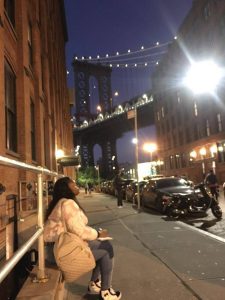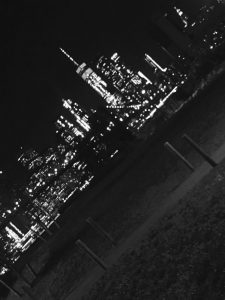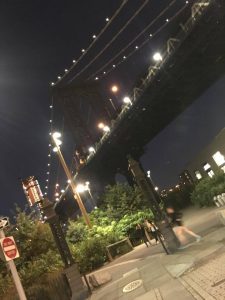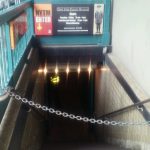A monument is a statue, building, or structure dedicated to someone important in history. It can also symbolize someone’s success and historical background. However, over the years, monuments have become less relevant to the public, but it struck societies interest when New Yorker’s wanted the statue of Christopher Columbus removed. Therefore, after researching, I have come to conclude that certain monuments should be removed. Should we as the people, glorify those whom oppressed and hated a group of selected individuals based on race, or ethnicity?
Currently, all monuments across state/city wide are being reviewed.
Some monuments are reminders of the untold truth of what happened in history. Mayor Bill de Blasio has announced a 90-day review on public monuments; this may be good for the society because it gives us a chance to reevaluate the good and bad side of the statues history. Therefore, before removing any monuments, or historical statues, a review must be conducted by the Commission.
Although, Mayor Bill de Blasio wants a 90-day review of all the New York City monuments, there are also people that believe this review will cause division amongst the people of New York City. For example, Nicole Malliotakis stated “She believes the mayor issued a press release on a 90-day review to help himself politically, yet he really didn’t think it through; now he has created massive division between the people of the city.” she wanted him to release the monuments before the election. Thus, Nicole feels as mayor he should have issued a review before the election, but by doing so now he potentially put all monuments at risk or danger of being removed or knocked down.
In this case, using my criteria for the 90-day review issued by Mayor Bill de Blasio, he and the commission would be able to identify which monument within all boroughs of the city are displaying violent, or hate crime towards people of all ethnicity groups. One of my criteria from my list is, what was the foundation that lead to that person’s historical empowerment? This is one of the questions that should be asked when conducting the review. now was this historical figure empowered because of slavery, bad conduct, or good-hearted actions and good deeds to our nation. A full background check should be done when doing these kinds of reviews. All truth about this monument should be displayed to the commission. Historical public figures should be held responsible for any wrong doings in the past because some of us use them as inspiration, and ideals; therefore, if I was the government I wouldn’t miss lead our good people in thinking otherwise.
Another criteria is, are tax payers money going into the maintenance of the monuments? During the past month it was confirmed that tax dollars were used to maintain the vandalized monuments. One article stated that $5,000 was used to cover up monuments and install no trespassing signs. This is illegal because the legislation states, “no federal funds may be used for the creation, maintenance, or display, as applicable, of any Confederate symbol on federal property.” However, all the monuments will have to be removed out of every state if the land is not private. This mean that the maintenance of these monuments are illegal and tax payers should not be paying to upheld monuments of people that oppressed any minority.
This leads to the following question does the monuments lead to any economic benefits of the environment? Yes, monuments help the environment economically and help establish it as a commercial area. It creates jobs, but most importantly tourism. With tourism it creates lodging, restaurants, and transport which helps flourish an area. For example, in for years a location can make up to 7.1 billion dollars with just visitors.
Even though, a monument can economically benefit a location, it still should not be worshiped. A monument of a person that invaded and killed other people is wrong. Why should someone be in support of a monument of a person that helped build the foundation of slavery. Why would anyone want to know that their taxes are being used to maintain a monument when there are more important things money to be used for? Why waste it to maintain a monument? Therefore, I believe that Bill Di Blasio should use my criteria to look into the removal of the monuments and see if he to can relate to New Yorkers.
Cesario , Anthony. “Charlottesville Officials Forced To Waste Taxpayer Money As Vandals Won’t Give Up.” Charlottesville Officials Forced To Waste Taxpayer Money As Vandals Won’t Give Up, Conservative Daily Post, 22 Sept. 2017, conservativedailypost.com/charlottesville-officials-forced-waste-taxpayer-money-vandals-wont-give/.
Neuman, William. “Ordering Review of Statues Puts De Blasio in Tricky Spot.” Ordering Review of Statues Puts De Blasio in Tricky Spot, The New York Times, 30 Aug. 2017, www.nytimes.com/2017/08/30/nyregion/ordering-review-of-statues-puts-de-blasio-in-tricky-spot.html.
Repanshek , Kurt. “National Parks Traveler.” Is There Economic Value to National Monument in Your Backyard?, Nationalparkstraveler.org, 17 Mar. 2010, www.nationalparkstraveler.org/2010/03/there-economic-value-national-monument-your-backyard5531.









